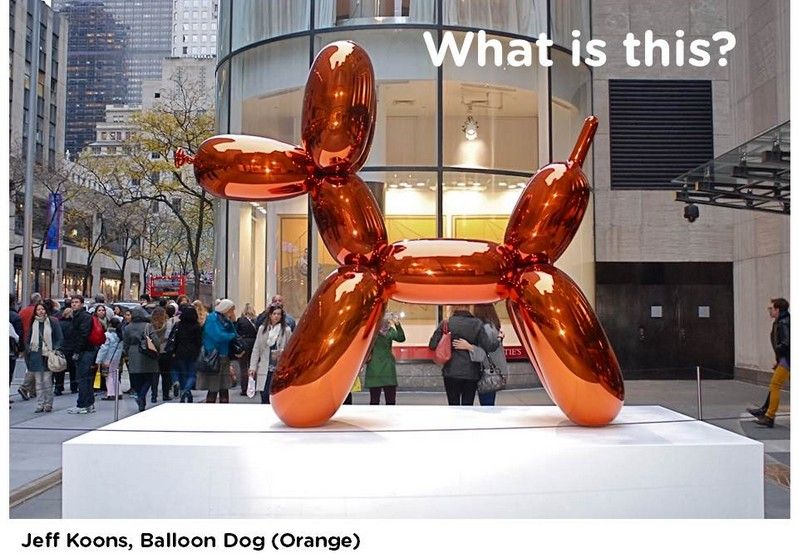Public art has been an integral part of urban landscapes for centuries, serving as a means of communication, expression, and reflection of society’s values. One form of public art that has stood the test of time is sculpture. From ancient Greek statues to modern-day installations, sculptures play a crucial role in shaping the aesthetic appeal and cultural significance of public spaces.
The Evolution of Sculpture in Public Art
Sculpture has a long and storied history in public art, dating back to ancient civilizations such as Rome, Egypt, and Mesopotamia. In these early societies, sculptures were used to commemorate rulers, honor gods, and symbolize important events. As societies evolved, so too did the role of sculpture in public art.
During the Renaissance period, sculptors like Michelangelo and Donatello revolutionized the art form by creating lifelike statues that captured the human form in exquisite detail. These sculptures were often placed in public squares and courtyards, serving as focal points for community gatherings and celebrations.
The Impact of Sculpture on Public Spaces
One of the key ways in which sculpture enhances public spaces is by creating a sense of identity and place. A well-placed sculpture can become a symbol of a city or neighborhood, drawing residents and tourists alike to admire its beauty and significance. For example, the Statue of Liberty in New York City has become an iconic symbol of freedom and democracy, attracting millions of visitors each year.
Sculpture also has the power to evoke emotions and provoke thought. Whether it’s a abstract modern sculpture or a realistic figurative piece, sculptures have the ability to make viewers stop and contemplate their meaning and relevance. This engagement with art can lead to a greater appreciation for creativity and cultural diversity.
The Role of Sculpture in Urban Planning
Urban planners and designers recognize the importance of incorporating sculpture into public spaces as a way to enhance the built environment and create vibrant, engaging places. By strategically placing sculptures in parks, plazas, and along streetscapes, cities can create visually appealing landmarks that encourage social interaction and community engagement.
Moreover, sculptures can serve as a form of environmental art, promoting sustainability and green practices in urban areas. Many cities commission artists to create sculptures made from recycled materials or inspired by nature, reflecting a commitment to conservation and eco-conscious design.
The Future of Sculpture in Public Art
As technology continues to advance, the possibilities for sculpture in public art are limitless. From interactive digital sculptures to kinetic installations, artists are exploring new ways to engage with audiences and create immersive experiences. As cities continue to grow and evolve, the role of sculpture in public art will only become more integral to shaping the cultural landscape.
In conclusion, sculpture plays a vital role in public art by enhancing the aesthetic appeal of public spaces, creating a sense of identity and place, and promoting social interaction and community engagement. By incorporating sculptures into urban planning and design, cities can create vibrant, dynamic environments that celebrate creativity and cultural diversity.
